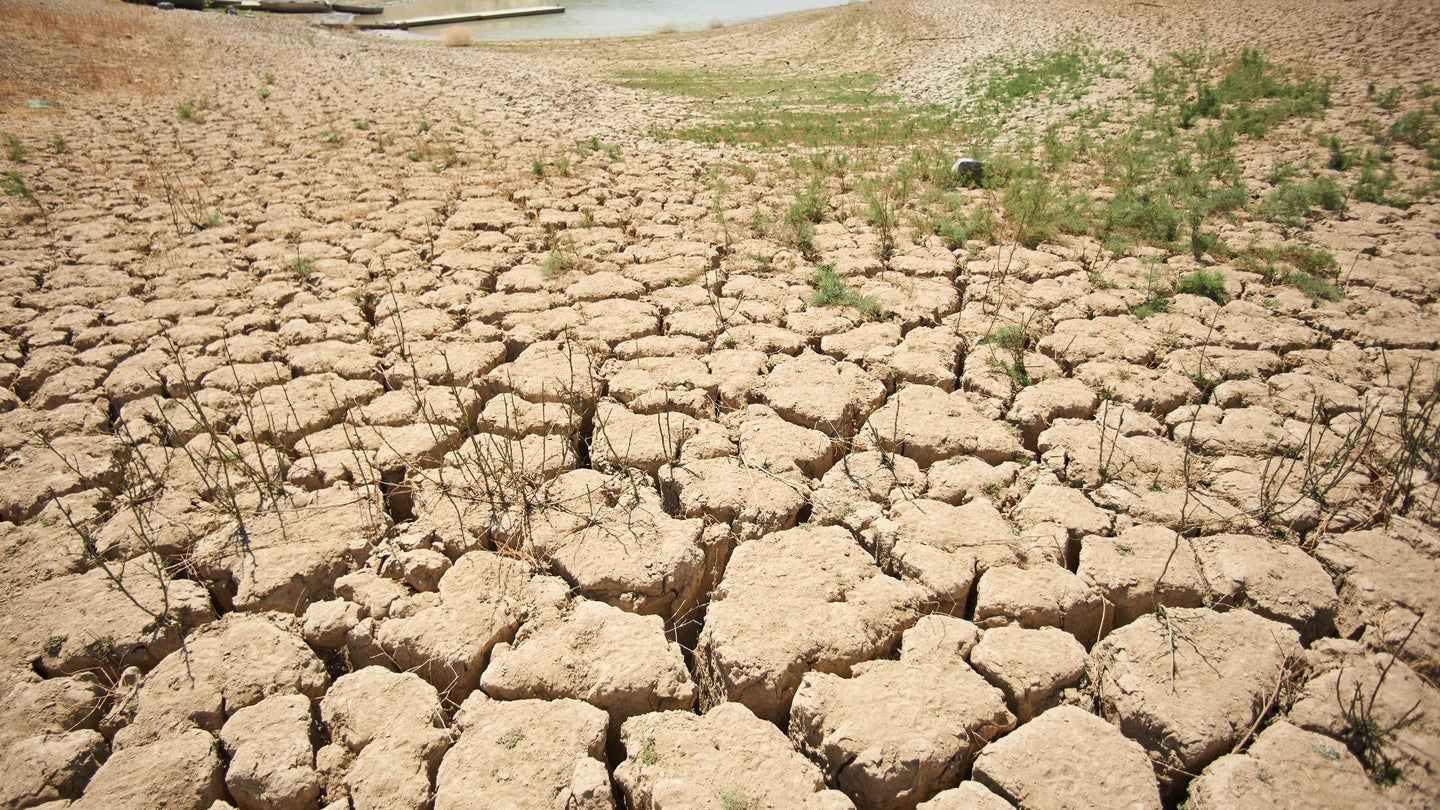A ‘season of simmering’: This summer’s 3-month streak was hottest ever recorded
'Climate breakdown has begun,' says United Nations Secretary-General António Guterres.

A new report from the United Nations World Meteorological Organization (WMO) found that Earth just experienced its hottest series of three months in a row on record. The data from the European Union-funded Copernicus Climate Change Service (C3S) found that global sea surface temperatures remained at “unprecedented highs” for the third month in a row.
[Related: July 2023 was likely the hottest month in 120,000 years.]
“Our planet has just endured a season of simmering—the hottest summer on record. Climate breakdown has begun. Scientists have long warned what our fossil fuel addiction will unleash,” United Nations Secretary-General António Guterres said in a statement. “Surging temperatures demand a surge in action. Leaders must turn up the heat now for climate solutions. We can still avoid the worst of climate chaos – and we don’t have a moment to lose.”
So far, 2023 is the second warmest year on record behind 2016,—a powerful El Niño year. The planet officially began an El Niño pattern in June, which can bring extreme temperatures and flooding worldwide. A report issued in May from the WMO warned that the warming pattern could temporarily heat the planet by 2.7 degrees Fahrenheit.
August 2023 was the hottest month on record and the second hottest month after July 2023, according to the Copernicus Climate Change Service ERA 5 dataset. As a whole, the month of August is estimated to have been around 2.7 degrees warmer than the preindustrial average for 1850-1900.
Global monthly average sea surface temperatures were also the highest on record in August at 69.7 degrees. These temperatures exceeded the previous record set in March 2016 for every single day in August.
In Antarctica, sea ice extent (or coverage) is also at a record low level for this time of year, when the continent is experiencing its winter months. It is 12 percent below average, making for the largest negative anomaly for August since satellite observations began in the late 1970s according to the WMO. This lack of sea ice can have devastating effects on Emperor penguins and other animals who live and breed in the region.
On the opposite side of the planet in the Arctic, sea ice coverage was 10 percent below average, but still well above the record minimum set in August 2012.
[Related: July’s extreme heat waves ‘virtually impossible’ without climate change.]
“Eight months into 2023, so far we are experiencing the second warmest year to date, only fractionally cooler than 2016, and August was estimated to be around 1.5°C warmer than pre-industrial levels,” Carlo Buontempo, Director of the C3S’s European Centre for Medium-Range Weather Forecasts, said in a statement. “What we are observing, not only new extremes but the persistence of these record-breaking conditions, and the impacts these have on both people and planet, are a clear consequence of the warming of the climate system.”
Summer 2023 will likely be one for the history books, with massive heat domes breaking temperature records throughout the southern United States, devastating flooding in Vermont and other parts of the Northeast, extreme temperatures fueling hurricanes in the exceedingly warm Atlantic Ocean and Gulf of Mexico, and a record wildfire season in Canada. Europe has also seen record breaking heat waves as the planet continues to see the effects of climate change.
“It is worth noting that this is happening BEFORE we see the full warming impact of the El Niño event, which typically plays out in the second year after it develops,” WMO Secretary-General Petteri Taalas said in a statement.
